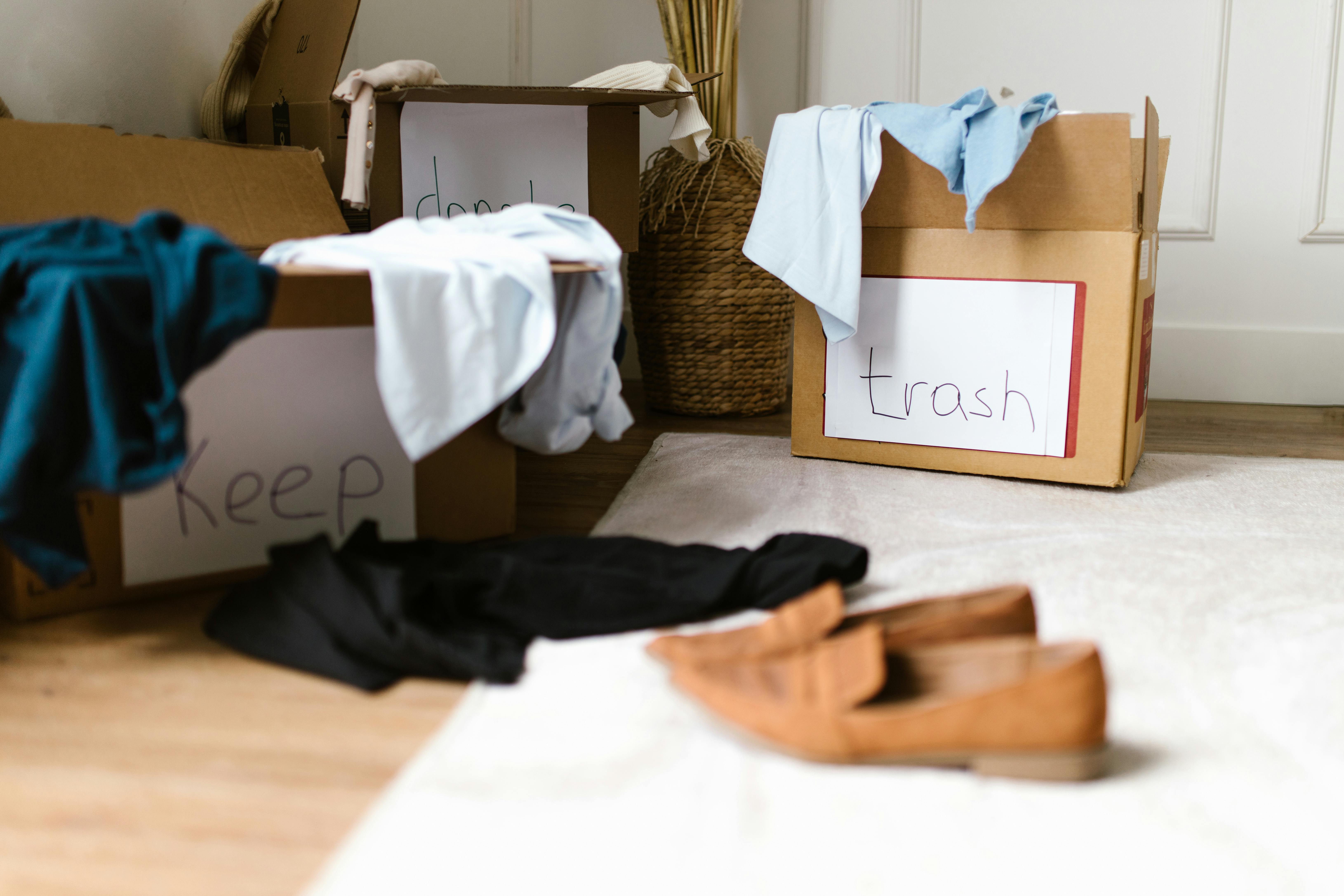
Essential Guide to Adopting a Cat in 2025: Costs Explained
Adopting a cat can be a rewarding decision for both you and your new furry friend. However, understanding the financial aspects of cat adoption is crucial to ensure a smooth transition into pet ownership. This comprehensive guide delves into the various costs associated with adopting a cat in 2025, highlighting everything from initial adoption fees to long-term care expenses. Whether you are considering adopting a kitten or an older cat, knowing the average cat adoption cost and how to budget for it will help you make an informed decision.
In addition to adoption fees, it’s essential to recognize other financial aspects like ongoing care and initial setup costs. This article covers the factors contributing to the costs of adopting a cat, provides tips for affordable cat adoption, and explores resources available for those who may need financial assistance. By the end of this guide, you will have a clear understanding of what adopting a cat entails financially, enabling you to provide a loving and stable home for your new companion.
Key Takeaways: Understanding cat adoption costs, budgeting for initial and ongoing expenses, and exploring affordable adoption options are vital steps to becoming a responsible cat owner.
Understanding Initial Costs for Adopting a Cat
Before diving into cat ownership, it’s crucial to understand the initial costs associated with adopting a cat. The first expense you'll encounter is typically the cat adoption fees. These fees can vary significantly based on several factors, including the type of shelter, the cat's age, and any ongoing promotions they may have. In general, average cat adoption costs can range anywhere from $50 to $200, depending on the shelter and the services included, such as vaccinations, spay/neuter procedures, and microchipping.
Another crucial factor to consider is the cost of adopting a cat, which transcends just the adoption fee. Including other costs like a transportation fee, if applicable, can bring your total initial costs up significantly. Additionally, many shelters provide discounted rates or even free adoptions at certain events, making it possible to find affordable cat adoption options.
Moreover, it’s important to consider the costs of essentials once you bring your new cat home. Items like cat food, litter boxes, scratching posts, and toys will add to your initial expenses. Ensuring you are prepared for these costs will smooth your transition into becoming a cat owner.
Overall, understanding the cost breakdown for cat adoption ensures that you are adequately prepared for your new feline friend.
Examining Adoption Fees and Costs
When looking into adopting a cat, it’s essential to grasp the different types of adoption fees. Many organizations have a standard fee structure, but variations exist. For instance, nonprofit cat shelters often charge lower fees compared to breed-specific rescue organizations. Additionally, medium to large-sized shelters may offer lower rates for cats that are less likely to be adopted quickly.
Understanding adoption charges for cats is not just about the sticker price; it often includes a comprehensive care package. These packages typically consist of initial vaccinations, spay/neuter services, and sometimes even a starter food supply, which can save you money in the long run. By knowing what your adoption fee initially covers, you can accurately assess the total investment needed upfront.
Moreover, some organizations may offer discounts for adopting multiple cats or during special events, which are excellent opportunities for those who want to adopt more than one pet without breaking the bank. Understanding how to navigate these options can significantly impact your overall cost.
Essential Setup Costs for Your New Cat
Before your new furry friend arrives, preparing your home is crucial. The setup costs can vary based on personal preferences but generally include essential items such as litter boxes, scratching posts, and a cat bed. These necessary expenses can add up quickly, so budgeting for them is essential to avoid any surprise costs once your cat arrives.
Here’s a typical breakdown of initial setup costs:
- Cat bed: $20-$50
- Litter box: $10-$30
- Scratching post: $20-$60
- Food and water bowls: $10-$30
- Cat carrier: $25-$70
Furthermore, it’s wise to account for the cost of cat food and litter as recurring expenses. These factors will become part of your ongoing ownership budget, and understanding how to manage them effectively is crucial for maintaining a happy, healthy home for your cat. With the proper setup and budgeting, you can support your new pet right from the start.
Long-Term Financial Aspects of Cat Ownership
While the initial adoption fees and setup costs are important, prospective cat owners must also be aware of the long-term expenses associated with adopting a cat. These long-term costs can add up significantly over the years, requiring careful financial planning to ensure you can provide for your furry friend throughout its life.
First and foremost, annual costs such as food, litter, and routine veterinary care should be factored into your budget. Healthy cats typically require check-ups and vaccinations at least once a year, which can range from $100 to $300 depending on your location and the specific services provided. Additionally, unexpected emergency veterinary costs can arise, so it’s wise to set aside an emergency fund for health-related issues.
Another consideration is the potential need for pet insurance. While not mandatory, pet insurance for adopted cats can help cover unexpected medical expenses, further alleviating the financial burden. Understanding how to effectively allocate your budget toward both expected and unforeseen costs is crucial to responsible cat ownership.
Ongoing and Unexpected Expenses
Adopting a cat comes with many ongoing expenses that you should plan for. Regular costs can include food, litter, grooming supplies, and healthcare. An average monthly food expense can range from $30 to $50 based on the quality of food you choose, while litter costs can add another $15 to $30 monthly. Therefore, budgeting for these basic necessities is vital to keeping your cat happy and healthy.
Beyond these standard expenses, unexpected situations can arise. Whether it’s an emergency vet visit or additional supplies for a new kitten, it's important to prepare for possible financial hurdles. Having a plan in place for emergencies and understanding the hidden costs of owning a cat can help to reduce stress and make cat ownership more enjoyable.
Helpful Tips for Budgeting for Your New Cat
Creating a budget for your new cat can significantly ease the financial burden of pet ownership. Start by determining your average monthly and annual costs, including food, litter, grooming, and veterinary care. Once you have a ballpark figure, compare that with your household budget to ensure affordability.
Additionally, look into potential savings through community programs that assist with expenses related to cat adoption. Many nonprofits and local shelters offer financial aid for cat adoption, which can help mitigate costs. Resources such as community cat adoption events not only help in finding affordable adoption options but often provide additional resources for new cat owners regarding care and budgeting.
By exploring these options and having a clear understanding of expenses, you can create a sustainable financial plan to support your new pet for years to come.
Understanding Adoption Fees for Cats
Beyond adoption fees, various aspects influence the total cost of adopting a cat. Each factor from the type of shelter to the cat's age can heavily impact the overall adoption expenses.
Typical shelter adoption fees range from $50 for adult cats at local shelters to $200 or more for kittens or those from breed-specific rescues. It’s essential to ask what services are included in these fees, as many shelters offer valuable services like spaying/neutering and vaccinations that save owners additional costs upfront.
Some shelters also offer cat adoption discounts during specific times of the year or if you adopt more than one cat. Taking advantage of these opportunities can significantly reduce overall costs, making it easier for you to provide a loving home for your new feline friend.
Potential Financial Assistance for Cat Adoption
Financial aid for cat adoption is increasingly available through various organizations. Nonprofit Veterinary organizations often provide sponsorships or grants that can offset adoption costs and encourage families to adopt. Being informed about local resources can improve your chances of finding affordable options.
You can also check out local community programs that assist with adoption fees and provide resources for new cat owners. Investigating options in your area through local government resources or shelters may lead to discovering opportunities for financial assistance. Making a thorough inquiry about finding affordable cats can make a significant difference in your adoption experience.
Final Thoughts on Adopting a Cat
In conclusion, while adopting a cat is a wonderful decision that brings joy and companionship, understanding the financial implications is essential. From the cat adoption fees to long-term care expenses, it is crucial to budget accurately to ensure you can provide for your new furry family member.
If you carefully consider all aspects of cat adoption costs, including unexpected expenses, you’ll find it rewarding to welcome your new furry friend into your home. With proper planning, resources, and a commitment to being a responsible owner, you can successfully navigate the adventure of cat ownership without unnecessary financial stress.

Remember, the joy and companionship that a cat will bring to your life make all the planning and budgeting worthwhile. Happy adopting!
